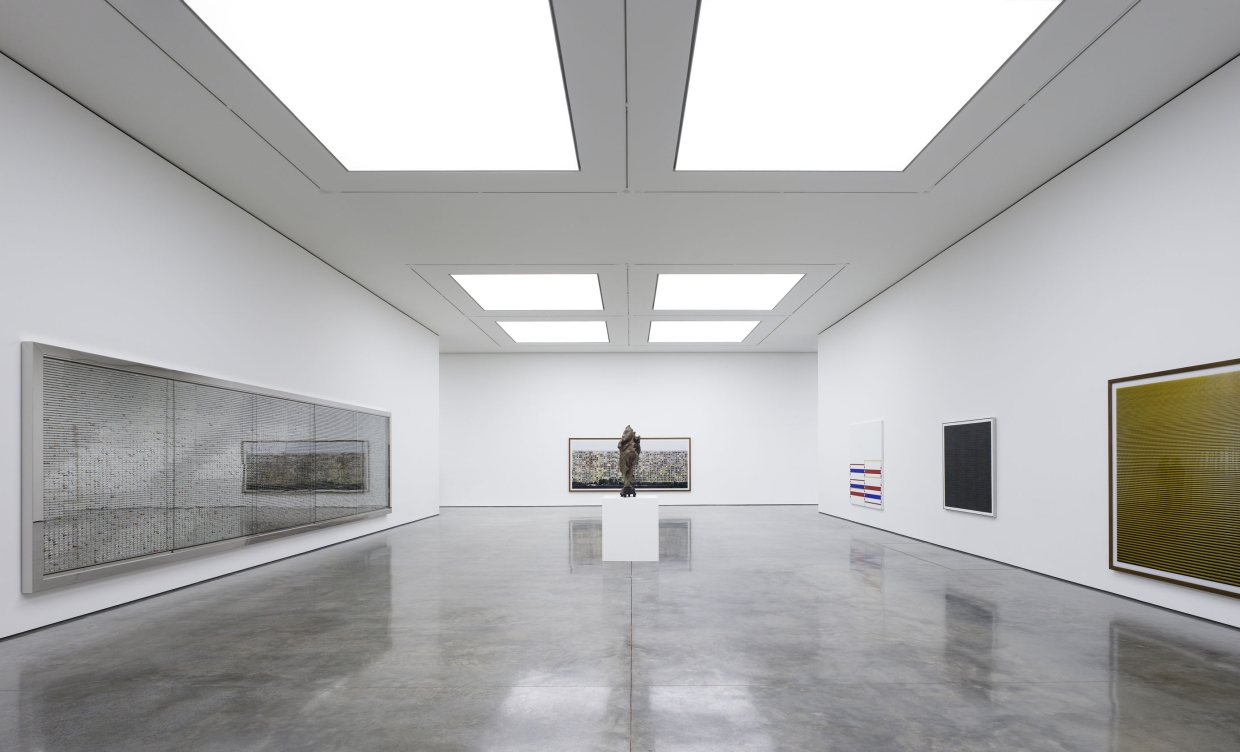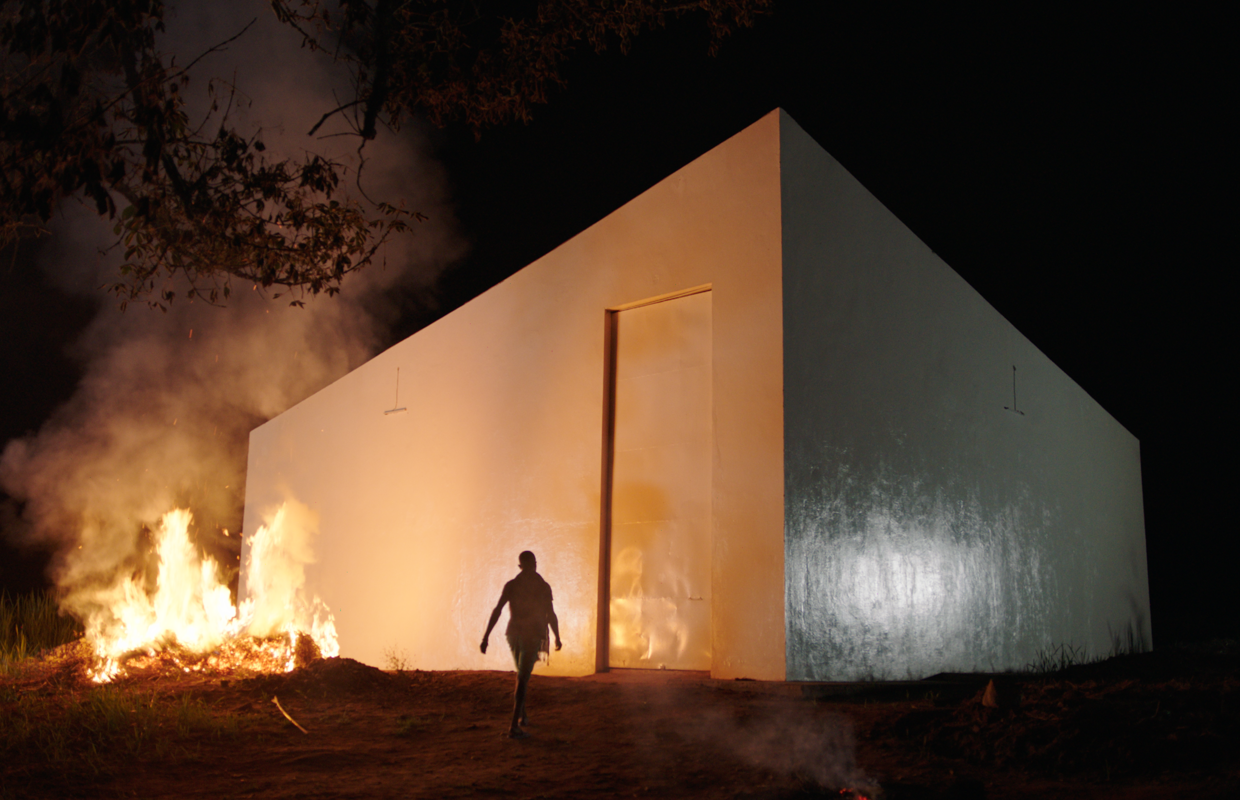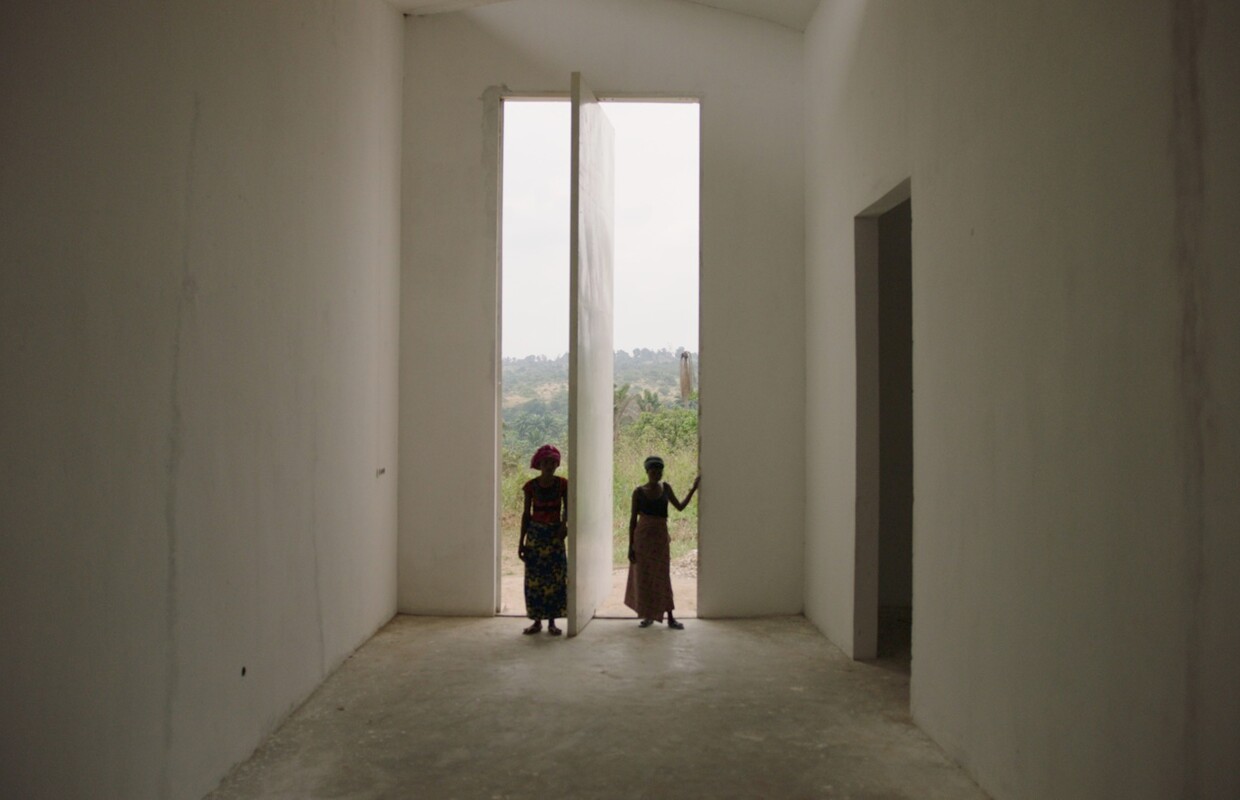Outside the white cube?
A shifting paradigm in exhibition design

When asked to close our eyes and imagine a typical exhibition space, most of us will answer with a similar picture in mind: a rectangular room with smooth flooring, overhead lighting and, most crucially, white walls. Whiteness has become so synonymous with exhibition spaces, that imagining something different requires a conscious effort.
‘White Cube’ is not only the name of one of the world’s leading contemporary art galleries, but a phrase with half a century of history. It’s a symbol of a way of creating, showcasing and selling art, that has long dominated the market, becoming a default in the minds of artists, gallerists and visitors alike. The evolution of ‘White Cubes’ from innovation to norm is easy to understand, in context.
As art moved from figurative to abstract, so did the space surrounding it: against the clinical perfection of a white wall, with no communication with the outside world, every distraction is deleted and sealed outside, giving the art a chance to speak to the observer, undisturbed.
Aside from a desk, a chair or a fire extinguisher, art becomes the only object in a gallery and, as the only object, it becomes the only thing worth looking at.
A century has passed since the Bauhaus chose white rooms as the setting for their shows. As the art scene and the art market change – think, for example, at the recent renaissance in figurative art – it’s natural to ask ourselves: are White Cubes still the best way to exhibit? Should this paradigm be challenged?
We see this question come up time and time again. Detractors of the White Cube have existed for as long as these spaces have been built, first opposing the novelty of the concept and then refusing it as a new normal. Perhaps the most powerful critique of this model can be found in Brian O’Doherty’s classic collection of essays: “Inside the White Cube: the Ideology of the Gallery Space”. The text, which is the origin of the term itself, is a collection of essays and articles written from 1976 onward, with an additional one written in 2006 in the most recent editions. Despite being more than fifty years old, O’Doherty’s work is still an incredibly contemporary read: as the author delves into the history of how the passage from traditional easel paintings to modernist murals conditioned an evolution from busy Salon-type exhibition spaces to ascetic white cubes, we get a sense of just how much the history of art is inextricably connected to the spaces in which art is displayed – an often neglected point of view that can serve as a tool to frame the historical context of a work of art.


Looking at art history through this lens, we find out that artworks and the spaces dedicated to them don’t necessarily evolve side by side. O’Doherty cites the impressionists and other french avantgardists as an example: the painters who showcased their art in the Salons des Refusés used the same thick, golden frames and busy wall layout that could be found in the official Salons they were competing with: did they seek a connection with the ‘elevated’ art of the great masters? Did they want their work to be seen as commercially viable investments by visitors? Perhaps they simply could not imagine a different way.
In 1960, William Seitz freed Monet’s paintings from their frames – in occasions such as these we see just how powerful editorial choices such as the framing, setting and contextualisation of a piece can be. Monet’s large impressionist canvasses did not require the boundaries imposed by a beaux-arts frame: they were not “portable windows” like the works of the old masters, but landscapes in which the observer could get lost. Today, the Waterlilies can be admired in the Orangerie, which has all the hallmarks of a white cube.
The reasons why White Cubes become so ubiquitous, though, were not only tied to the expressive needs of the artist, but also to the commercial needs of galleries, for which a white space symbolised a blank slate, where art becomes less burdened by context and, therefore, more sellable.
When these rooms became standard, losing their original power they soon became a symbol – O’Doherty notes – of elitism. If entering a museum or gallery is a hieratic experience out of the realm of everyday life, where one can disconnect from the real world to experience art, then access to those spaces become a privilege, which is not granted to all.
So, as the art world opens up to new experiences and art forms themselves diversify and innovate, can we expect another shift? As with every speculation we can make on the evolution of our culture, the answer is maybe. Yes, the strict rigidity of the white cube is prompting artists to seek more expressive places elsewhere, in contact with the “outside world”. New works are routinely exhibited in spaces that have been repurposed as art rooms: cafés, shops, living-rooms. But the white cube still holds a powerful place in the discourse – and its use is by no means inherently elitist or disconnected from the art shown within.
OMA’s 2017 project, White Cube LIRCAEI Museum, is a fascinating example of how reinterpreting conventional elements can yield spaces with powerful meaning: a White Cube built within a reclaimed plantation Lusanga, in the Democratic Republic of Congo hosts the work of a local collective of artists and farmers. Director Renzo Martens narrates this fascinating place in his documentary. What does the white cube mean to the people of Lusanga? It is an access point to the elevated art market of the global north, without which a local artist would be forced to migrate or be left out of the game. It is a space where egalitarian models of art can be promoted and propagated in their territory, without being exploited. It is a timeless, apolitical capsule with the ability to generate social change.
Share the post:





